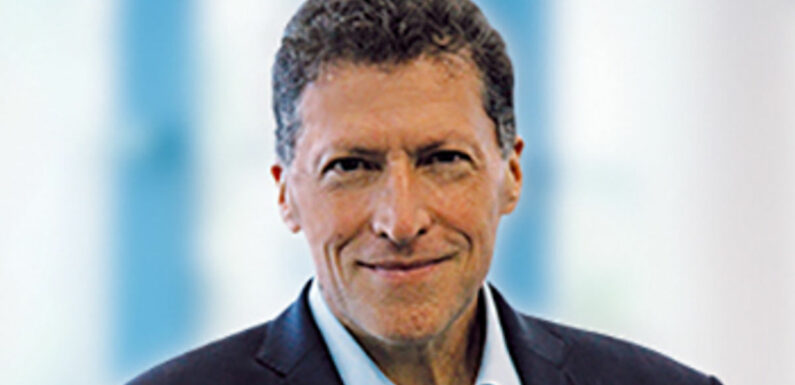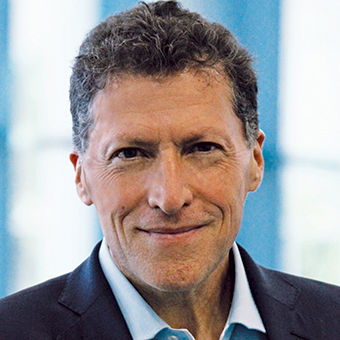
Last Sunday, they gathered in the bar at the Ritz-Carlton Central Park in New York to honor the memory of a hospitality giant. General managers flew in from Honolulu, Dallas, Atlanta and Chicago to share stories about the late, great man. A video from Horst Schulze was shown to the assembled; the co-founder of Ritz-Carlton lavished praise on someone “you couldn’t help but love.”
The man that the group had come to remember with fondness and praise was not an executive, CEO or GM but a hotel employee: a bartender named Norman Bukofzer.
Bukofzer had been widely praised by beverage journalists for making the best Manhattan in Manhattan, but his fame was rooted in mixing people, not drinks. Born with a photographic memory for faces, names and drink preferences, he was also a matchmaker.
The Irish actor Liam Neeson had flown in for the gathering but remained in his room upstairs, laid low by the flu. He sent a note for CBS News travel editor Peter Greenberg, who emceed the event, to read. Neeson recalled a time Bukofzer said, “I’d like to introduce you to my friend Jerry,” indicating a gray-haired man sitting at the other end of the bar. Neeson and Jerry talked for about 25 minutes, and after Jerry left, Bukofzer surmised that Neeson was not a Deadhead — he had failed to recognize Jerry was Jerry Garcia.
A self-proclaimed shy introvert — an analysis confirmed by his wife, Mindy — Bukofzer once said he became a bartender so people would come to him rather than him having to approach them. But once behind the bar, or coming out from behind the bar to introduce customers he felt would enjoy meeting one another, his personality brought people from all walks of life back to him, again and again.
During the memorial, photos, cards and postcards he had received were on the bar; one was from television producer Steven Bochco, who would send videotapes of “L.A. Law” to Bukofzer because the bartender had to work when the show aired.
The movie producer and director Garry Marshall cast Bukofzer in a small role in his film “New Year’s Eve,” and Jan. 1 became the traditional time for his customers to reach out to him with phone calls, telegrams and notes.
One of his former bosses, Hans Van Der Reijden, remembered his first day as head of food and beverage at the hotel. After stopping by the bar, he told then-general manager Ed Mady that he had identified a problem. The bartender, he reported, wore his tie loose and rolled up his sleeves. Van Der Reijden was pretty sure the bartender was going out for an occasional smoke. All of these were against company policy.
Mady suggested Van Der Reijden go back and just sit in the bar and observe for an evening. He did so, and was astounded; the bartender knew everyone who came in, or got to know them. “It was magic,” he said. “He was the heart and soul of the bar. People didn’t come to drink, they came to see Norman.”
Mady, when he spoke, said he believed that when Bukofzer died, it would be in People magazine. That hasn’t happened yet, but there was a writer from the New Yorker at the memorial, taking notes.
There are so many important lessons to unpack from Norman Bukofzer’s story, certainly for hospitality professionals but really for any manager. The obvious one has to do with looking at employees as unique individuals, even when operating in a corporate structure that has a thick employee handbook.
It’s understandable why companies train for consistency in customer-facing roles; mandating, for instance, that ties be worn tight and crisp and that sleeves be buttoned at the cuff is an efficient guard against a slovenly dressed staff bringing down the image of a luxury establishment.
But clearly, Bukofzer’s manner of dress, and perhaps hints of tobacco on his breath, did not discourage patronage. General manager Mady recognized when an exception was warranted, even if it required telling other employees that the exception didn’t extend to them.
What are the guardrails that preserve order when empowering managers and employees to be flexible? Every business will have a different approach, but I think, in part, it comes down to understanding the difference between training and education.
Training requires specific behavior for specific circumstances. If a customer does X, you say (or do) Y. Education, on the other hand, prepares people to think for themselves in any situation.
Even so, there are layers of nuance. Bukofzer’s reputation as a great bartender wasn’t due only to his training or education; it centered on his personality. Similarly, his bosses may have possessed enough native intuition to recognize when not to enforce rules.
Somewhere along the line, empowerment became a pillar of Ritz-Carlton culture, and in the case of Norman Bukofzer, everyone — stockholders, management, employees and customers — came out ahead.
Source: Read Full Article










